A Pineapple Relative Blooming Once Every Century in the Andes
The rare, long-lived plant scientifically known as Puya raimondii dominates the Andes Mountains. Commonly referred to as the “Queen of the Andes”, this plant belongs to the bromeliad family. While P. raimondii features sharp spines similar to those of a pineapple, it is significantly taller.
The “Queen of the Andes” is only found in two countries: Peru and Bolivia, thriving at altitudes between 3,000 to 4,800 meters where the climate is extremely harsh and the soil is incredibly barren. As a result, it requires a long time to absorb nutrients for flowering and reproduction.
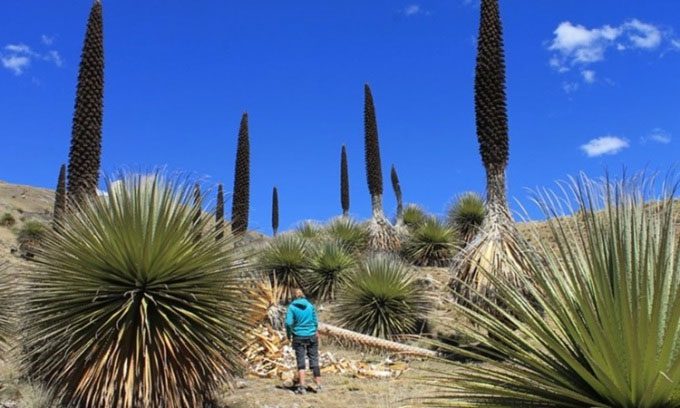
The Queen of the Andes can grow up to 12 meters tall. (Photo: Flickr).
P. raimondii was first described by French naturalist Alcide d’Orbigny in 1830. However, it wasn’t until 1874 that it was classified when scientist Antonio Raimondi named it Pourretia gigantea. Later, in 1928, the plant was reclassified into the genus Puya in honor of Raimondi.
The nickname “Queen of the Andes” comes from the fact that P. raimondii is found in the Andes, the longest mountain range in the world. Nearly half of the total P. raimondii population is concentrated in the Titankayocc Conservation Area in Peru, which is home to over 450,000 plant species. The remaining plants are often scattered and found in more distant locations.
One of the impressive features of this plant is its towering height, but some researchers speculate it may be a near-carnivorous plant. It has the ability to trap and kill animals without digesting them. Although more research is needed to confirm this hypothesis, such a scenario is plausible. A related species, Puya chilensis, is also suspected of being carnivorous and preys on sheep.
P. raimondii can live much longer than humans, with a lifespan of 80 to 100 years. Throughout its lifetime, it flowers only once at the end of its life. Each “Queen of the Andes” produces just one flower containing up to 10 million seeds. However, its seedlings face the risk of early death due to trampling and grazing by livestock. Currently, there are about 800,000 of these plants in Peru and 35,000 in Bolivia, but these numbers are gradually declining.
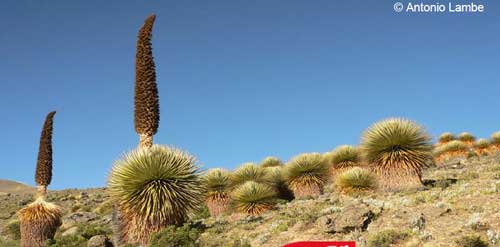
This plant can adapt to various climatic conditions but is only found in Peru and Bolivia.
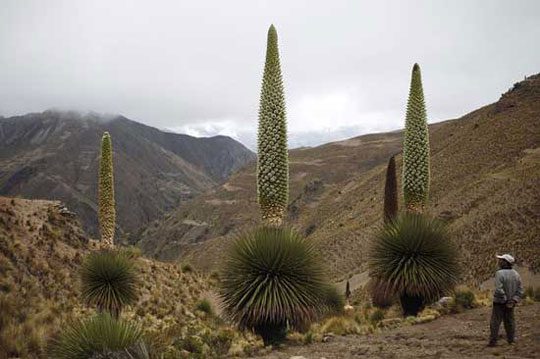
It takes 80-100 years for the plant to bloom.
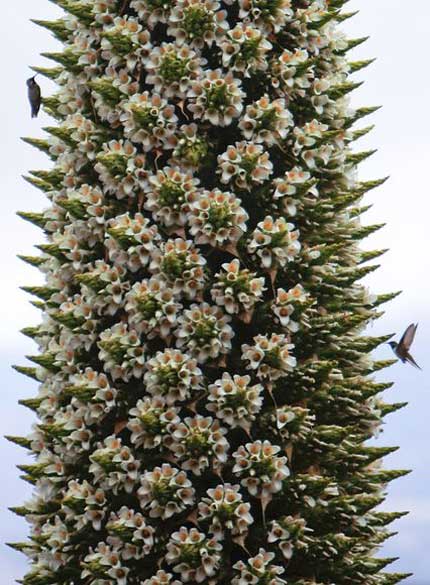
According to researchers, this plant also receives some nutrients from bird droppings.
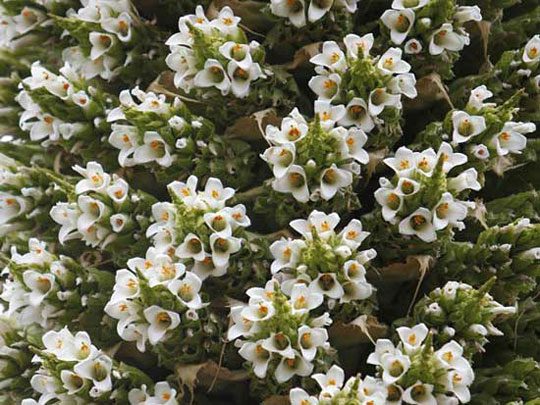
Thousands of flowers producing 10 million seeds.
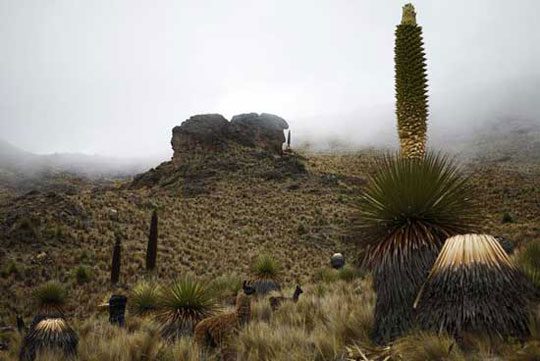
The Queen of the Andes blooms in the Thumi mountain region of Bolivia.

The plant’s leaves resemble spiky claws that curl inward, deterring locals from approaching them.
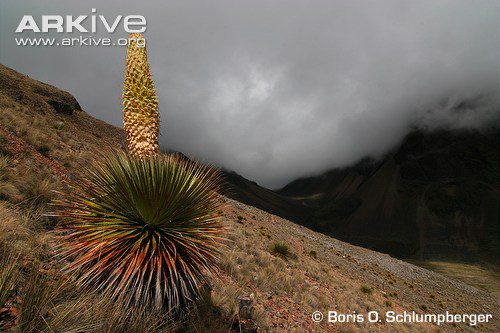

The plant blooms only a few weeks before it dies.


















































